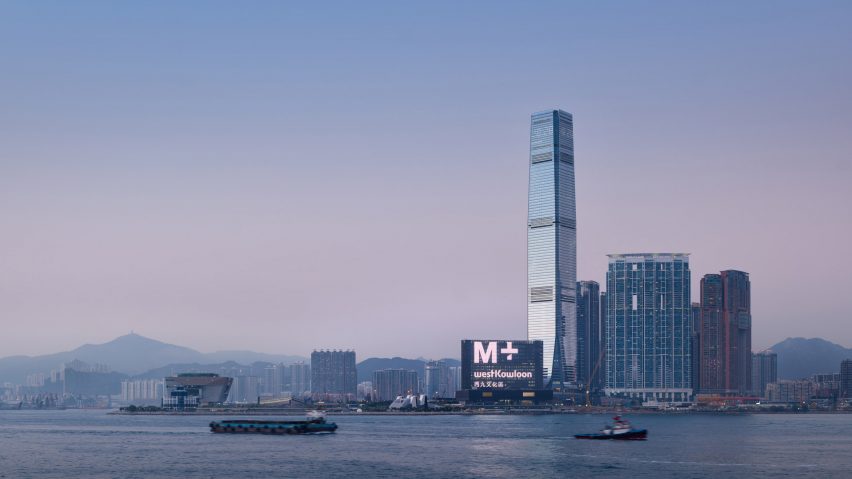
Ten architecturally significant museums designed by famous studios
To mark International Museum Day, we've selected 10 museums from the Dezeen archive that were designed by famous architects or are otherwise architecturally significant.
Ten museums from across the globe, including a zigzagging museum in Berlin and a tree-canopy-like museum in Budapest, are among the buildings in this roundup to mark International Museum Day on 18 May.
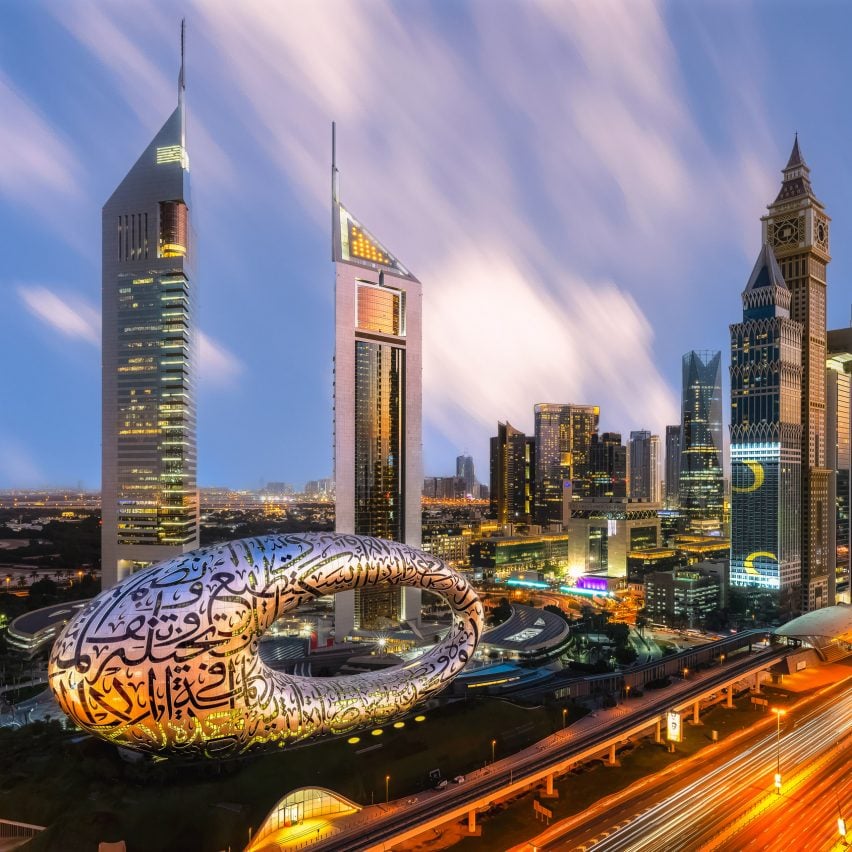
Museum of the Future, UAE, by Killa Design
This ring-shaped building in Dubai, United Arab Emirates, was declared "the most beautiful building in the world" by the emirate's ruler, Mohammed bin Rashid Al Maktoum.
Created by local studio Killa Design, it contains exhibits dedicated to the future and workshops for testing emerging technology.
Find out more about the Museum of the Future ›
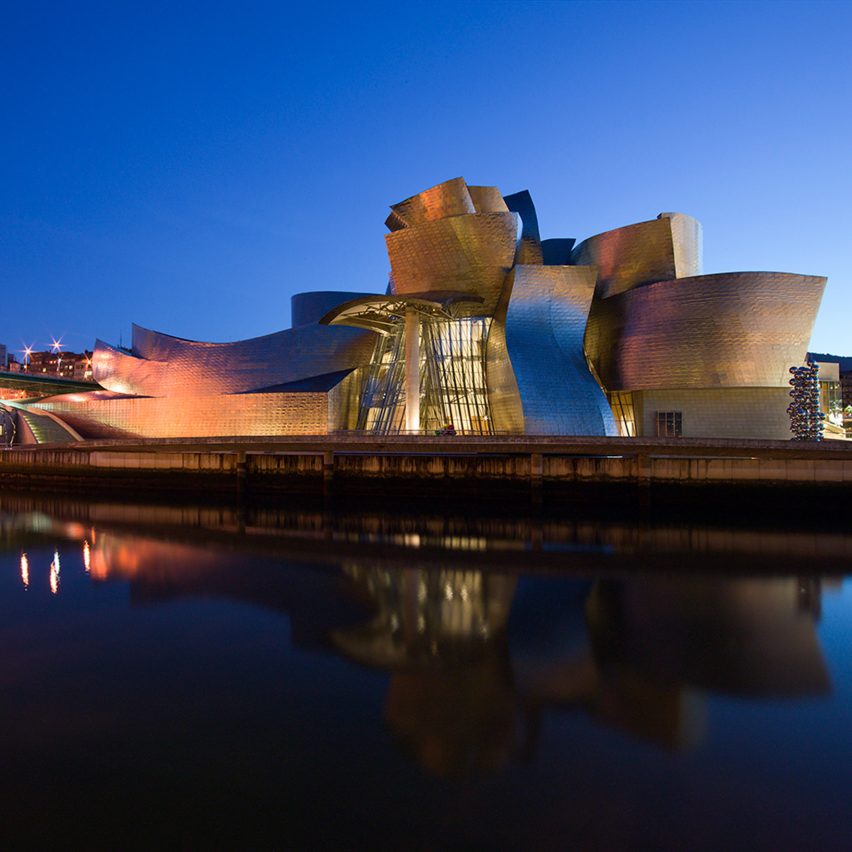
Guggenheim Museum Bilbao, Spain, by Frank Gehry
Frank Gehry's Guggenheim Museum Bilbao was described by legendary American architect Philip Johnson as "the greatest building of our time" shortly after it opened in 1997.
An emblem of the deconstructivist movement thanks to its distinctively fragmented, irregularly shaped volumes wrapped in shimmering titanium, it kicked off a wave of cultural landmarks with daring architecture.
Find out more about Guggenheim Museum Bilbao ›

Jewish Museum, Germany, by Daniel Libeskind
Another prominent example of deconstructivism is Daniel Libeskind's extension to the Jewish Museum in Berlin, which opened in 2001.
The building's zigzagging form produces deliberately disconcerting spaces that Libeskind said were informed by the "erasure and void" of Jewish life in Berlin after the Holocaust.
Find out more about the Jewish Museum ›
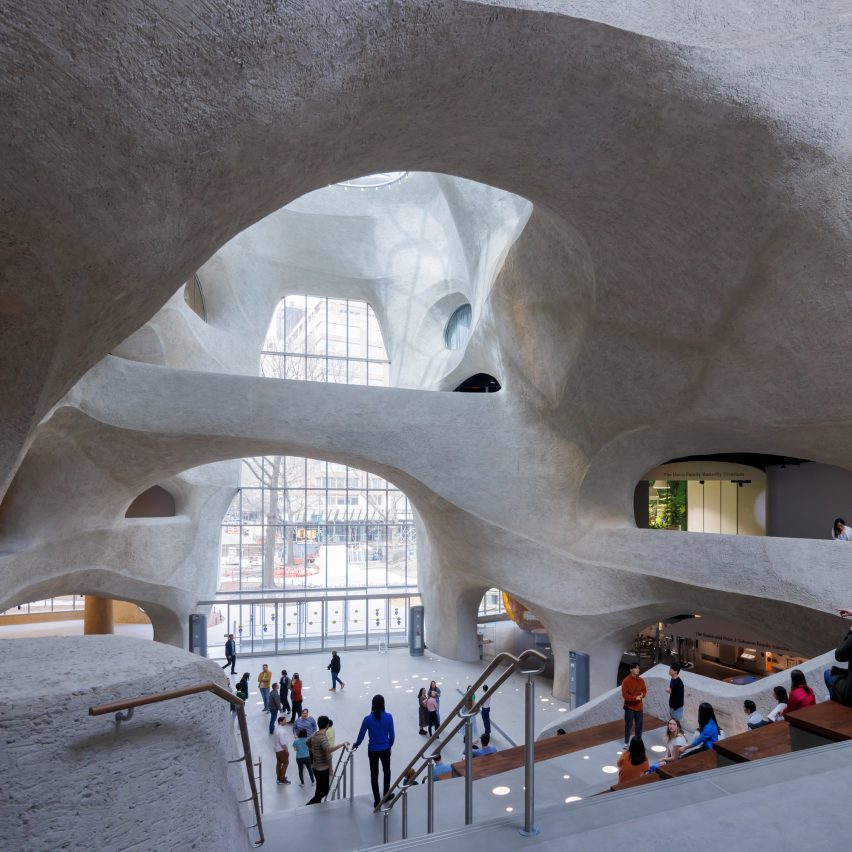
Richard Gilder Center for Science, Innovation, and Education, USA, by Studio Gang
Recently completed in Manhattan, the Gilder Center is an addition to the American Museum of Natural History designed by Chicago-based architecture firm Studio Gang.
At its centre is a massive cavernous atrium, while the stone facade bears a mega-panel system that references the geometry of the adjacent buildings.
Find out more about the Richard Gilder Center for Science, Innovation, and Education ›
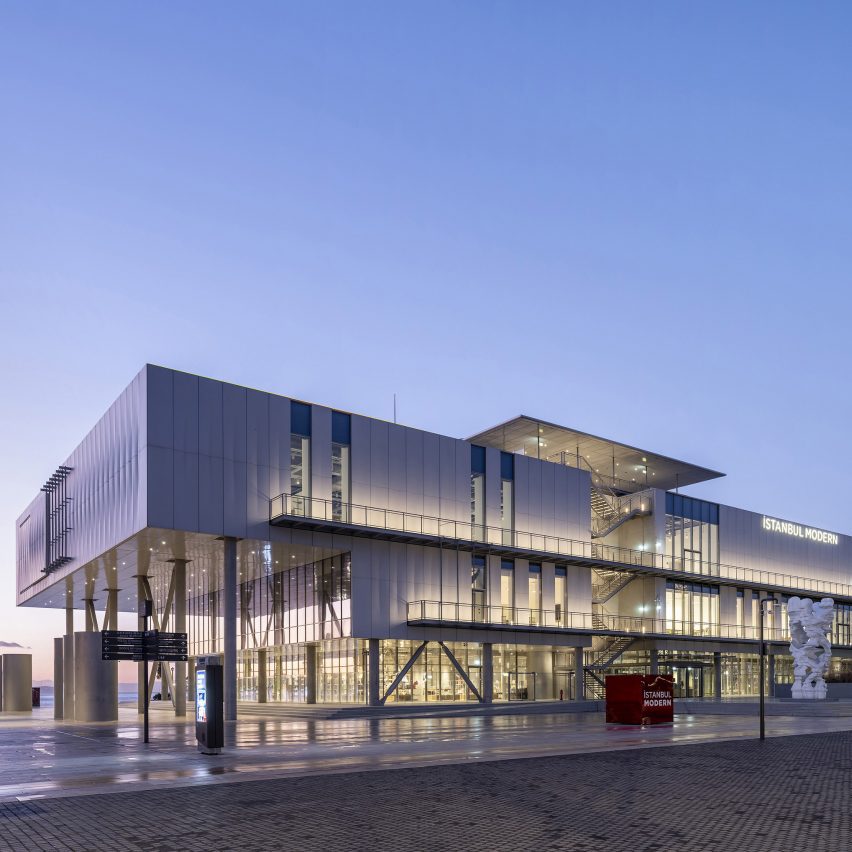
Istanbul Modern, Turkey, by Renzo Piano Building Workshop
Also a recent project, the Istanbul Modern art museum by Renzo Piano Building Workshop is the Italian architecture studio's first building in Turkey.
It has a top-heavy form intended to evoke the shape of a ship and is wrapped in reflective aluminium panels that resemble fish scales in a nod to the building's location next to the Bosphorus waterway.
Find out more about Istanbul Modern ›
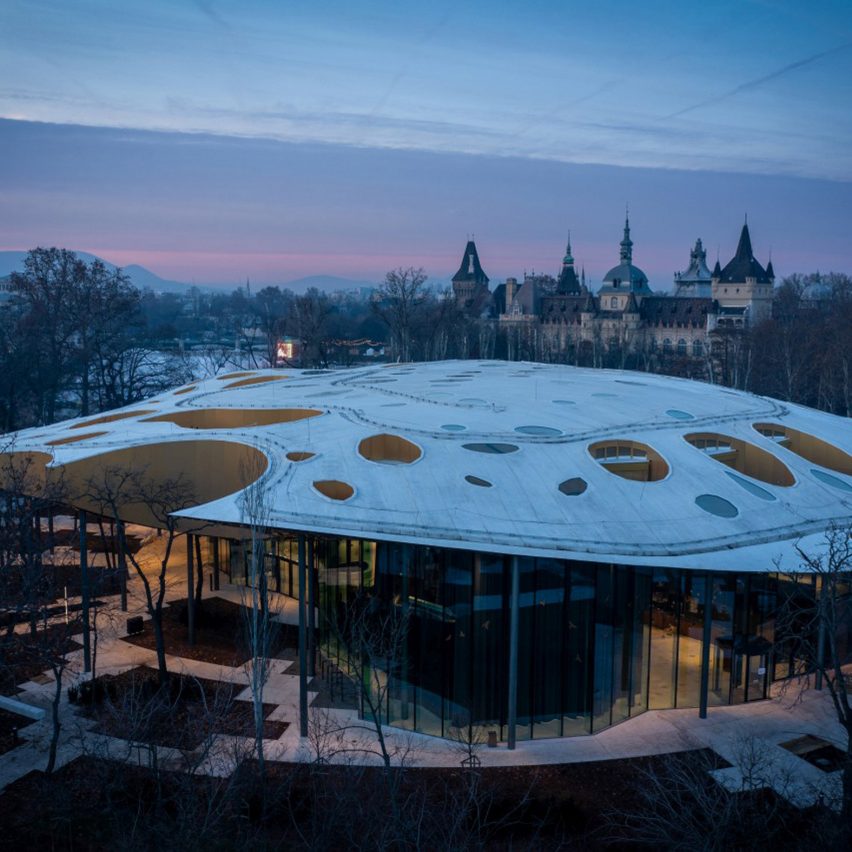
House of Music, Hungary, by Sou Fujimoto
House of Music is a museum dedicated to the history of music in Budapest's City Park designed by Japanese architect Sou Fujimoto to mimic the feeling of being under a tree canopy.
"We were enchanted by the multitude of trees in the city park and inspired by the space created by them," said Fujimoto. "I envisaged the open floor plan, where boundaries between inside and outside blur, as a continuation of the natural environment."
Find out more about House of Music ›
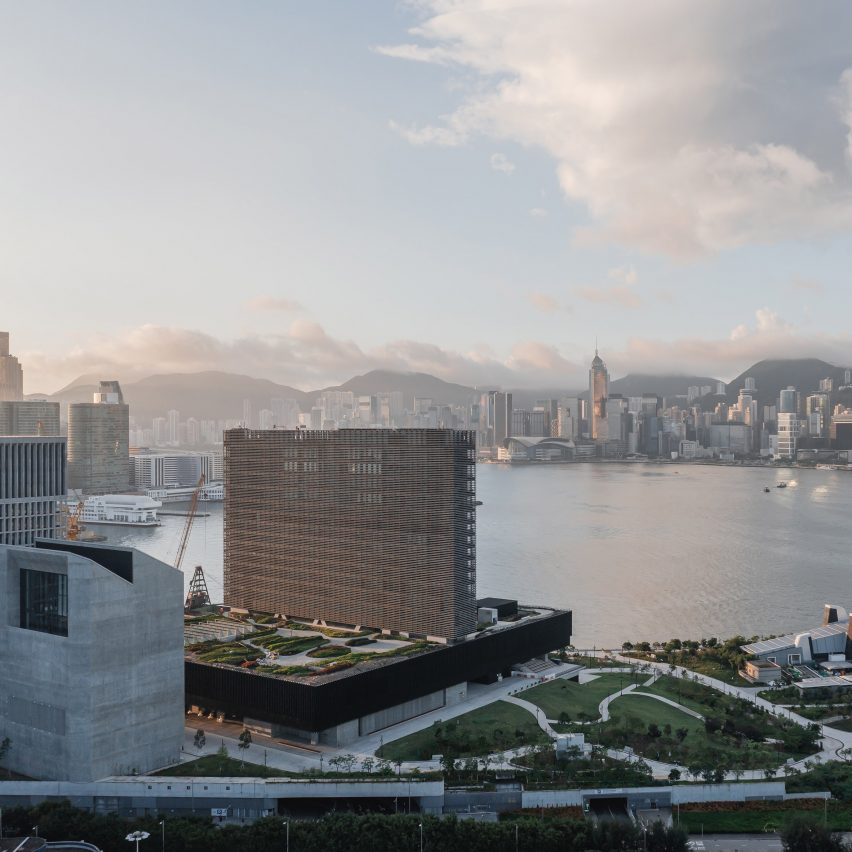
M+ museum, Hong Kong, by Herzog & de Meuron and Farrells
M+ museum in Hong Kong's West Kowloon Cultural District (also pictured top) is characterised by a monumental screen intended to present a creative retort to the city's commercial billboards.
Designed by Herzog & de Meuron and Farrells, it is Asia's first global museum of contemporary visual culture.
Find out more about the M+ Museum ›
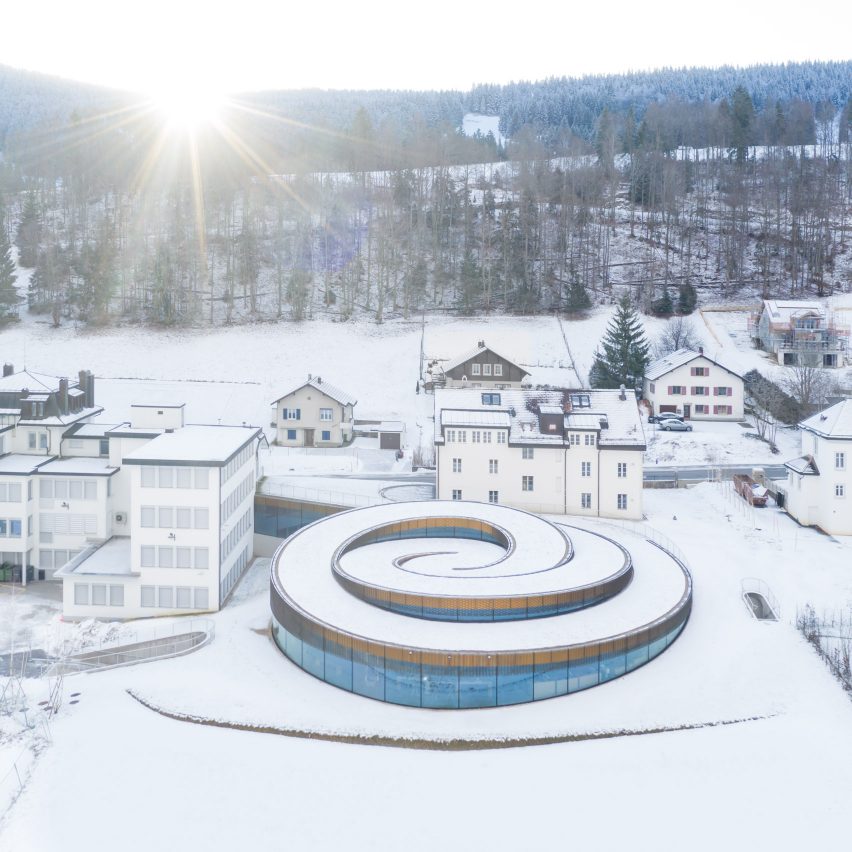
Musée Atelier Audemars Piguet, Switzerland, by BIG
A spiral rising out of the Vallée de Joux in Switzerland, Musée Atelier Audemars Piguet is a museum designed by BIG for the watchmaker to house its collection of timepieces.
The curved glass walls are load-bearing, meaning there are no columns. A bronze mesh sits atop the glazed facade and grass covers the roof to create a lawn in summer and a snowy scene in winter.
Find out more about Musée Atelier Audemars Piguet ›
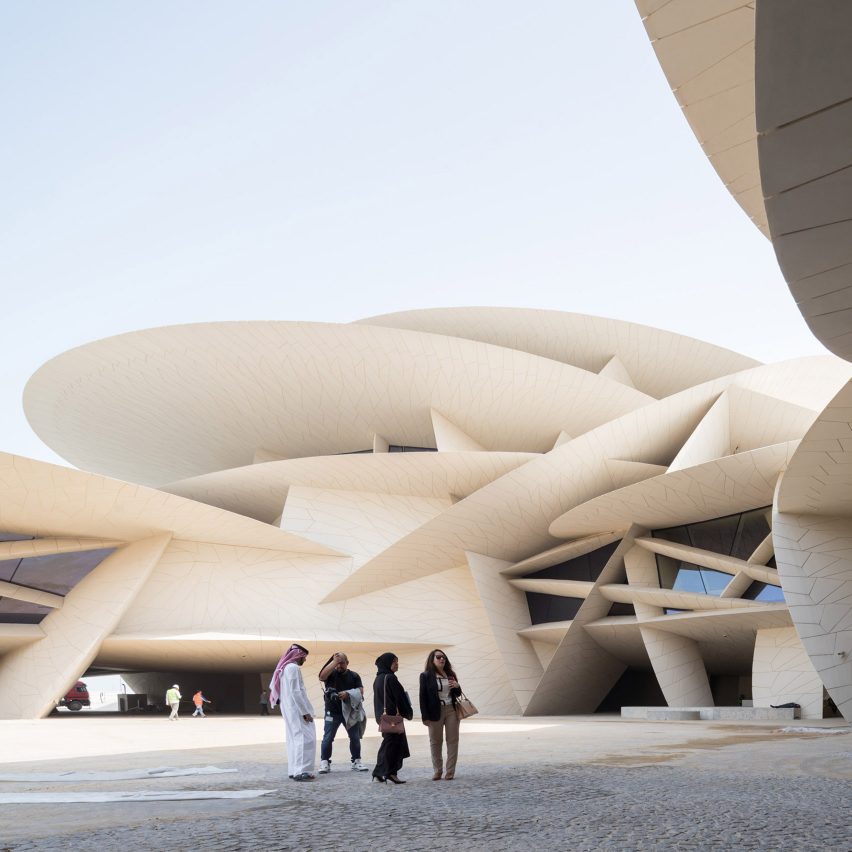
National Museum of Qatar, Qatar, by Atelier Jean Nouvel
Atelier Jean Nouvel based its colliding-discs design for the National Museum of Qatar on a mineral formation called the "desert rose".
More than a decade in the making, the museum is intended to showcase the country's history and its ambitions for the future.
Find out more about the National Museum of Qatar ›
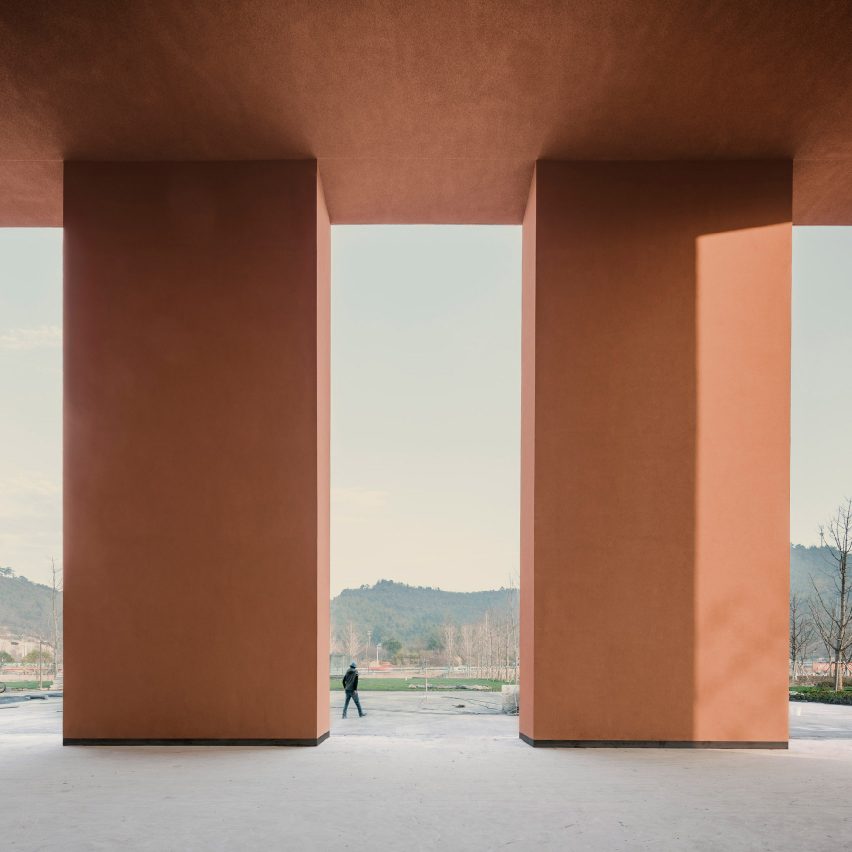
Zhejiang Museum of Natural History, China, by David Chipperfield Architecture
The Shanghai studio of this year's Pritzker Architecture Prize-winner, David Chipperfield, designed Zhejiang Museum of Natural History in China in his customary monumental style.
It consists of eight single-story pavilions partially embedded in the hillside, rendered in red ochre to match the clay earth and topped with green roofs.
Find out more about the Zhejiang Museum of Natural History ›